I wrote this post two weeks before I finished my service. It sat untouched on my desktop for six months and I wonder now if it’s still a post I’d like to share. It’s a little dark and a touch critical, but it’s honest, about as honest as I’m willing to go in this kind of public space. The only disclaimer I will make is that these are my opinions from the life I lived and the experiences I had. They do not reflect any position of the U.S. Government, Peace Corps, Mongolia, the Mongolian people, or other Peace Corps Volunteers.
——-
A few months before I came to Mongolia, I put together this blog because I wanted a place to process the upheaval that was about to take place. I wanted to capture the unique experience of living in Mongolia, of being a Peace Corps volunteer, and, because my chances were as good as any, try my luck at the annual Blog It Home contest. I’m proud that even though I didn’t post all that frequently, I kept at it for the entire two years. I have tried not to be too repetitive or negative; I have shared with you all the big moments of my 27-month service and then some.
But as my time in Mongolia winds down, I have to get something off my chest.
While I hope this blog has helped some of you process your decision to join Peace Corps or get ready to come to Mongolia, for me, the blog wasn’t everything I needed it to be. I wasn’t looking for an online diary where I could dump my feelings, but the pressure to “keep it cheery” inevitably expurgated many realities of my life, realities that made up more of my service as a whole than the however many posts about holidays and work successes.
As it stands, I’m a little regretful that I haven’t been more honest about what is going on over here. In addition to the feeling that nobody wants to hear about the bad stuff, there is also the notion that I could get over a hardship if I gave it more time. Maybe I just need to be a little more open, more flexible, more understanding or empathetic. As a person who is not naturally any of those things, as a person who came here because I needed to be more of those things, staying that wide open and flexible and empathetic for 27 months was tough.
There were parts about my service that utterly, irreparably affected me and other things that even after two years of full immersion, I have still not been able to get over.
For example, there is this business of stray dogs.
Earlier this spring, I was out running on the track with my site mate when we heard a distressed puppy yelping in the stands. We jogged over and found a small brown pupper unable to get himself down from the steep bleachers. He was about one or two months old. I picked him up and he immediately snuggled in my arms and purred (yes, purred) while I walked the rest of my lap. When I tried to set him down, he’d come clamoring after us, trotting through the broken vodka bottles. I didn’t finish my workout that day. Instead, I walked laps with him purring and napping in my arms. At the end of our run, my site mate and I snuck him up to my no-pets apartment so I could give him a little water and food. We laid him down on my fuzzy North Face jacket and he promptly fell asleep.
I actually began to consider keeping the little guy. I kept him in a cardboard box next to my bed for the night. I gave him a warm rinse in my bathtub and rubbed him dry with a towel; he devoured the boiled eggs and sausages I gave him. He stayed quiet and occupied in his box all night and in the morning, ventured cautiously around my apartment. But I knew I couldn’t keep him. I didn’t know how big he’d grow, what kind of temperament he’d have, how I could fit him into a future I didn’t even know for myself. I thought, maybe I could keep him for a week? Or until he’s big enough to stand up to the bigger dogs and scavenge for his own food?

But I knew that the longer I “fostered” the puppy, the more attached I’d become and the harder it would be to let him go. So that next day, I took him back to the stadium.
As we were walking there, I set him on the ground so he could do his business and follow after me, but a bigger dog started approaching us. The puppy started screaming, running around in frantic circles, then found me again to sit on my feet, trembling. He didn’t stop screaming until the dog stopped approaching. The bigger dog stood there, matted fur and an indifferent but intense gaze, looking at the small puppy.
I stood paralyzed with fear by the realization that this puppy was probably not going to make it in this literal dog-eat-dog world.
After a few minutes, the dog walked off and I didn’t move until it was completely out of sight. I picked up the little guy and almost turned back. My emotions were on fire. How could I abandon him, especially after witnessing something like that?! He’s going to die if I don’t take care of him. Where is his mother? Where are his siblings? Leaving him here felt like I was fating him to a grisly death.
But the hard truth was undeniable: in this animal world, the strong prevailed, the weak perished. If this puppy didn’t learn how to fend for itself, to feed itself, to survive, it wasn’t ever going to be able to do so. And unless I was willing to make a commitment to bring him back to the U.S. and take care of him for the rest of its life, I had to let him go. Today.
I walked us to the stadium and set him down with some food. He ate it up and then proceeded to wander around, licking dried vomit from the pavement or putting whatever he found in his mouth to see if it was edible. I sat on the bleachers for a good half hour contemplating the consequences of my decision. I had to force myself away. Wipe away the tears. Get on your feet. Turn towards the gate and walk away.
It was one of the hardest decisions I’ve ever had to make. Thankfully, he didn’t follow.
I don’t know what has happened to my puppy, but I still get overwhelmed with stress whenever I hear a dog crying. I keep my head down as I walk around town, terrified I’ll see the carcass of a dead puppy. I didn’t go back to the stadium for months after that day.
For weeks afterwards, I was so angry. At first, I directed my anger toward Mongolia. I was angry that this country wasn’t a more humane place for dogs. I was angry that the dogs here were forced to prey on puppies to survive. I was angry at all the owners who tied up their guard dogs and didn’t understand why they were so vicious, angry at the clueless families who kept two-week-old puppies outside in the bitter February winter. I was especially pissed at the dog culler who came to my boyfriend’s khashaa and shot a stray puppy we named Pillow right in front of him with NO warning. It felt like I was being subjected to living in a cruel and barbaric country.
But eventually, I came to realize that my anger was less about Mongolia and more about having to confront this gruesome and merciless reality in its ugly face. It was about me having been blissfully ignorant to the same ugliness in my own home country. It was about getting attached to a dog that was not a pet and stupidly setting myself up for a rude awakening.
These are the things I’ve had to come to accept during my time here.
Another struggle that has been prominent throughout my service is socializing.

I now recognize how hard it is for me to enjoy being out. Other PCVs have said this before too, but out of necessity, being a PCV can really bring out your introversion. As someone without a family here or a vibrant social life, I have incredible amounts of free time with nothing to do or no one to help me fill it.
The few months after my first site mate left Mongolia, I couldn’t stand how bored I was. No matter how many people I called or baked or watched movies, the days slogged by. I went from having a constant companion to just having myself.
Time slowed to unbearable.
To stay sane, I had to adapt to the monotony of reading and watching shows all day. I had to start seeing it as my refuge, not my prison.
However, as a unintended consequence, I began to not appreciate when other social activities cut into my time. I hardly ever wanted to be out. I didn’t want to spend a night karaoking with out-of-town foreigners. I didn’t want to meet a group of Koreans in town volunteering for two weeks. I didn’t want to socialize just for the sake of having the opportunity to do so. I especially didn’t want to confront the drinking norms that seemed to ruin the potential of any social activity.
I wanted to eat at home, sleep at home, and spend only a couple of hours a week with other humans. To be honest, I don’t know why I’m writing this in past tense. I definitely still feel this way.
And finally, there is the institution of Peace Corps itself.
I believe in the work and mission of Peace Corps and it’s right up there with NGOs and embassies in fostering positive relationships between countries. I think Peace Corps Volunteers are good people with good intentions and we do what we can in the circumstances that we are given.
But I have found that dealing with the bureaucracy of a government agency is far from simple.
It could very easily be my naiveté about the working world, but I am one of those people who came in with an ingenuous trust in the organization. I believed that PC had volunteers’ best interests at heart and that they knew we had real and immediate needs in the field. I believed that when a decision had to be made, it would always be made in the interest of the volunteer.
While each country post is different and handles problems with varying degrees of aplomb, the constraints of bureaucracy can put volunteers in unsettling positions. In any other federal job, if you’re waiting for a budget to be approved or an order to be confirmed, you can go about your day in your cube with a coffee and donut. You can go home to your family or friends, take a shower, or order some dinner.
But as volunteers, especially those of us in austere conditions, waiting around for a decision is not as simple as watching some TV and anxiously checking our emails. It could mean another subzero night in a felt tent without heat. A sleepless week wondering if another drunk is going to try to pry open your door. The last of your allowance on bottled water because your well-water makes you sick.
Waiting does not become a test of our patience, it becomes a risk to our mental and physical well-being.
While volunteers sign up knowing and even welcoming the hardship and isolation that is to come, many aren’t prepared for the amount of autonomy they will have to concede. Again, maybe it’s all part of the institution of work, but as a 24/7 representative of the U.S. Government, you might very well reach a point where you have to choose yourself. That means that even though there are viable solutions where all parties can be satisfied, that action is out of your hands. Your only choice is to stay and survive, or quit. It is no wonder that volunteers can sometimes feel powerless and disillusioned about their situation.
——-
I don’t mean to negate all I’ve written and said before about my service with this one post. I just want to show that life in Peace Corps is the same as life anywhere else. My decision to join and move here was not to run away from responsibilities or delay life in the “real world.” I still had to face some hard truths about myself, about the people I lived and worked with, and the world I was in. I still had to grow and be hurt and be lonely.
And this is my post to validate that. Thanks for reading.





















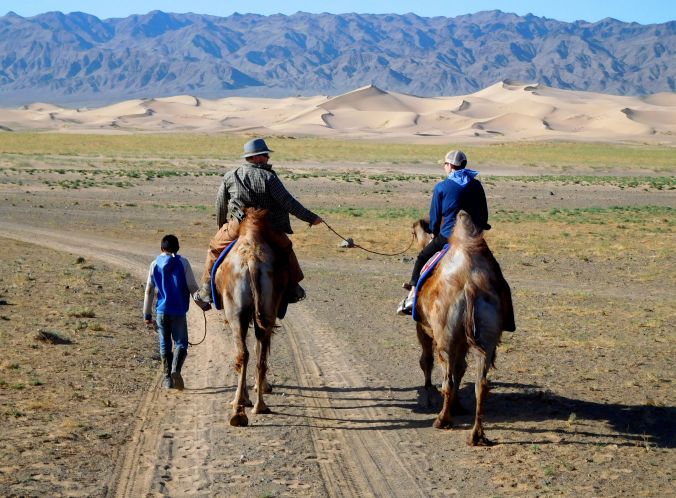
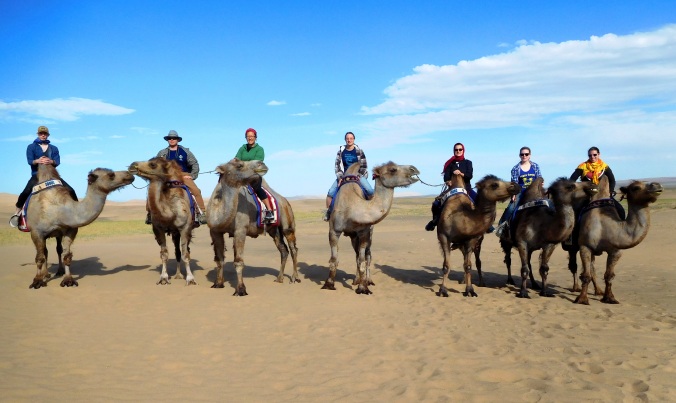


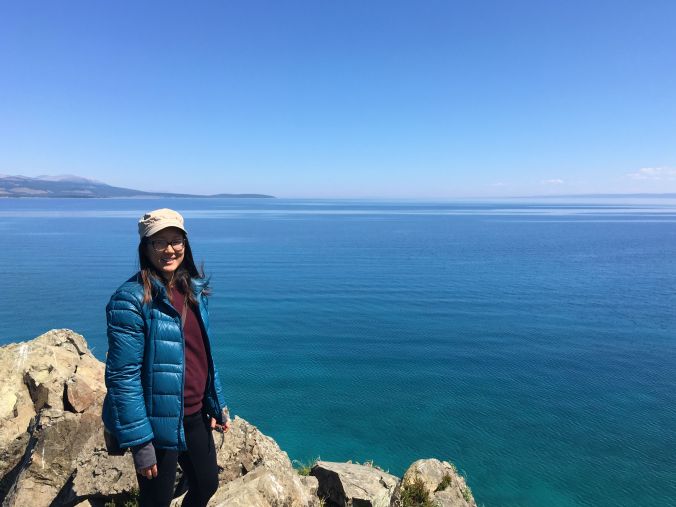





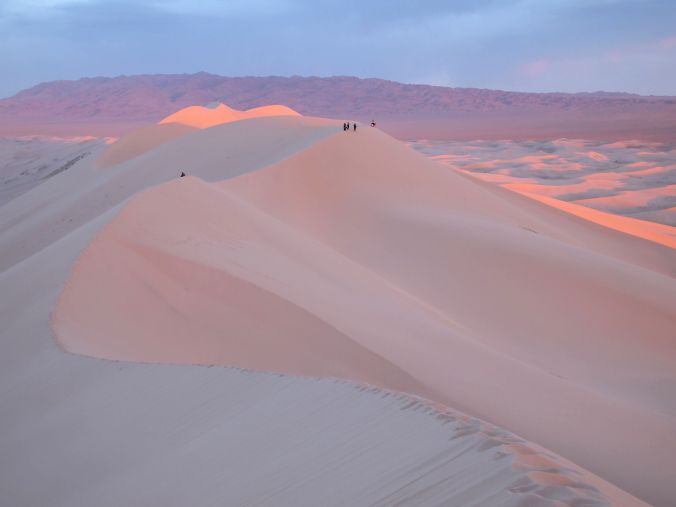


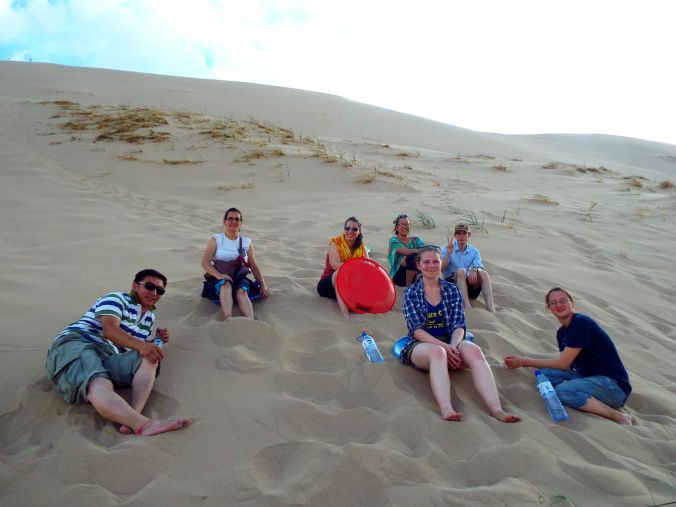





















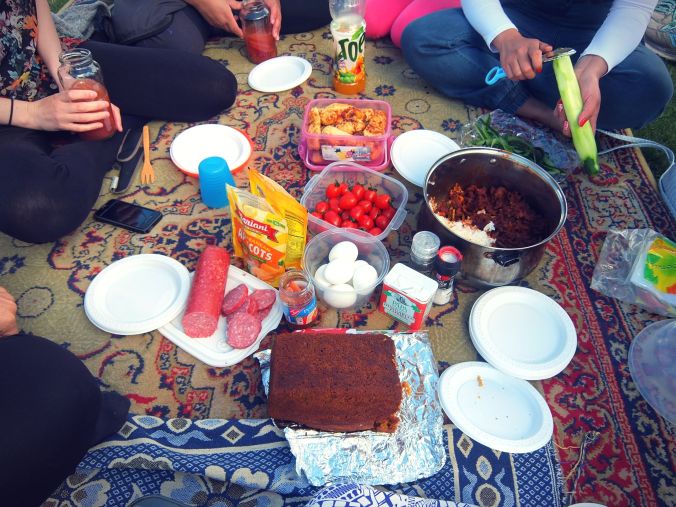


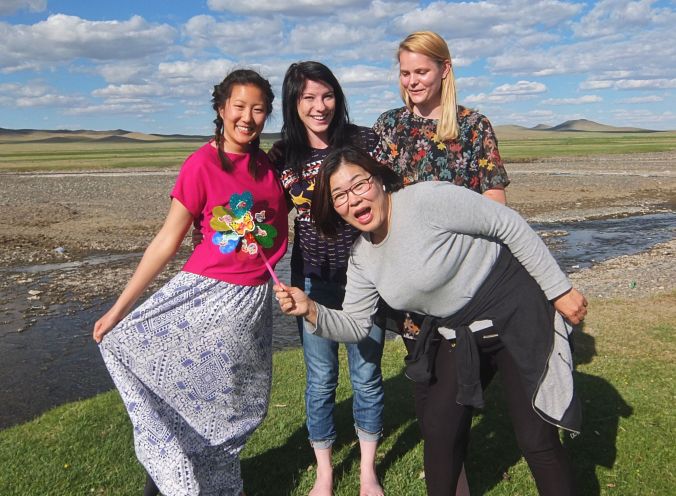











 Credit for the success of TEDxArvaikheer is also due to the ten wonderful student organizers who went above and beyond with their duties. They printed T-shirts where every organizer was one letter in ‘TEDxArvaikheer’ so that you could only make sense of our shirts when we stood together as a team. They hand-made and cut all the stage decorations (because online shipping isn’t a thing here) and our amazing designer/photographer created the hugely impressive banner that hung in lobby. They sold all our tickets in less than a week. They organized the program and hosted the event. They were the lights and sound and stage. I seriously couldn’t be more impressed with their creativity and work ethic.
Credit for the success of TEDxArvaikheer is also due to the ten wonderful student organizers who went above and beyond with their duties. They printed T-shirts where every organizer was one letter in ‘TEDxArvaikheer’ so that you could only make sense of our shirts when we stood together as a team. They hand-made and cut all the stage decorations (because online shipping isn’t a thing here) and our amazing designer/photographer created the hugely impressive banner that hung in lobby. They sold all our tickets in less than a week. They organized the program and hosted the event. They were the lights and sound and stage. I seriously couldn’t be more impressed with their creativity and work ethic.




















